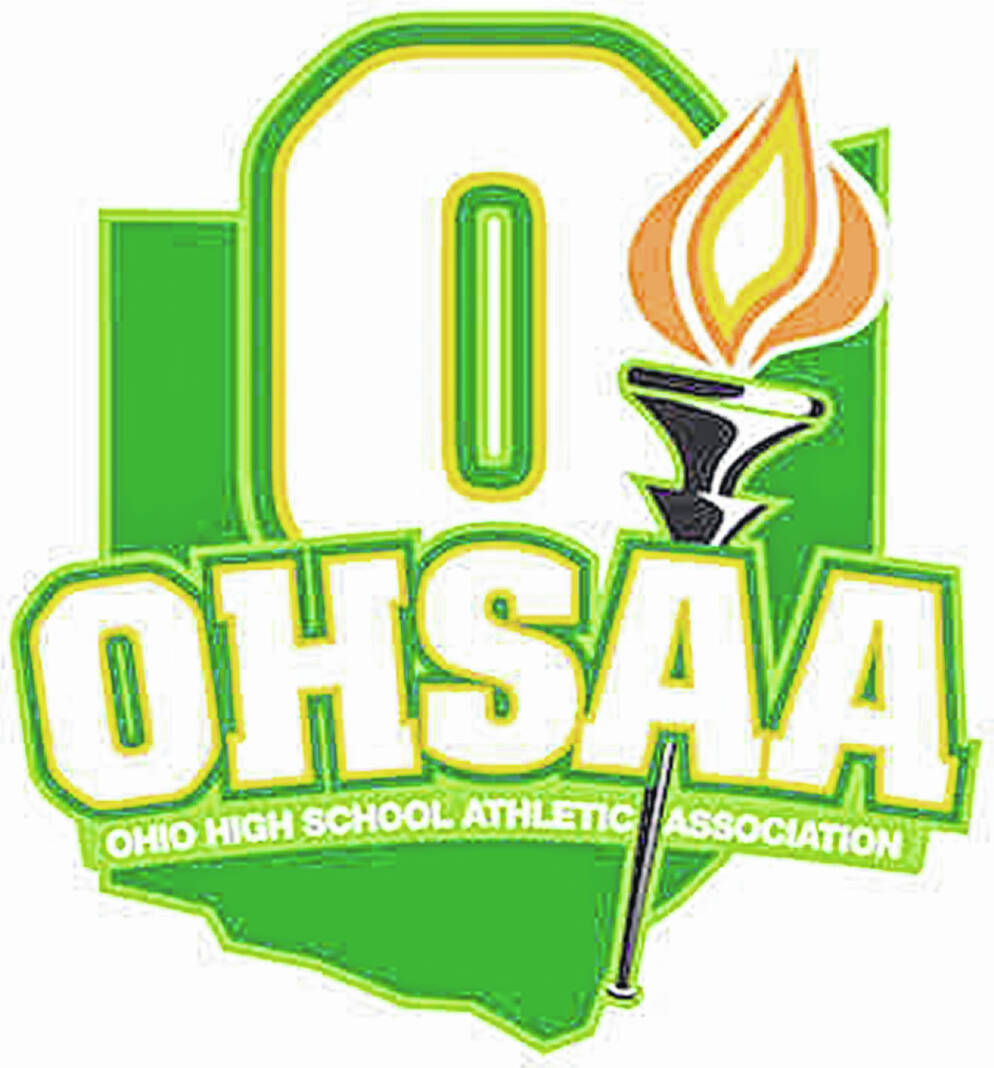
COLUMBUS — If Name, Image and Likeness is to ever invade, and even overwhelm, Ohio high school athletics —it’s not going to happen right away.
However, given the answers of Ohio High School Athletic Association Executive Director Doug Ute, at last Tuesday’s statewide meeting of the Ohio Prep Sports Writers Association, it’s likely at least going to happen.
Ute, now 23 full months into his position as the OHSAA’s ED, answered questions from OPSWA members in attendance—as the association met for the first time in person in over three years, and prior to the beginning of the coronavirus pandemic in March of 2020.
In May— as part of 14 proposals put forth to the OHSAA member schools during its annual referendum voting period — the Name, Image and Likeness (NIL) proposal failed by a margin of 538 to 254.
The proposal mirrored recent changes made at the collegiate level, and “would have allowed student-athletes to sign endorsement agreements so long as their teams, schools and/or the OHSAA logo were not used, the endorsements did not happen on school property or in school uniform, and provided there were no endorsements with companies that do not support the mission of education-based athletics, such as casinos, gambling, alcohol, drugs and tobacco.”
By rejecting the proposal, Ohio’s student-athletes remain unable to sign endorsement deals without losing their amateur status.
And, “protecting the amateurism of high school athletics” is an OHSAA primary goal.
“Every year, the referendum voting process shows that our member schools have a voice in this democratic process,” Ute said in May, in response to the NIL proposal failing to pass. “If NIL is going to enter the Ohio interscholastic landscape, we want the schools to be the ones to make that determination. Whatever we do moving forward, it will include discussion on this issue with our school administrators, Board of Directors, staff and leaders of other state high school athletic associations.”
A simple majority of votes, cast by member school principals, is required for a proposed amendment to be adopted.
So far, Ohio’s high schools are apparently not ready for an NIL era —despite nine states, including the large state of California, already passing it.
“Our number one goal is to protect the amateurism of high school sports. Any time you have money come in, that’s in danger. We modeled our Ohio legislative piece following the college model that passed and what other states are doing (for high schools). But our membership overwhelmingly voted against it,” said Ute, at the OPSWA meeting. “So we’re sitting down and listening to our schools to see what made them feel uncomfortable about it.”
Ute offered an example of LeBron James, who —had NIL been in existence two decades ago — “probably” would have received “$50 million” from Nike as a high school junior (Akron St. Vincent-St. Mary).
Ute also explained that the college sports landscape, since NIL came into legal being, “has redefined itself in the last year” — and “usually, college shapes what’s going on in high school a lot of times.”
Perhaps it follows the path of the Competitive Balance referendum, which failed on the ballot button more than once — before it was finally passed and implemented.
“I think it’s going to happen, but how long down the road, I don’t know. And I don’t know if it’s going to be NIL, or do we cater to something else to that. I think it’s going to happen, because it’s just the way of the world,” he said. “I think it is something to continue to look at. People ask me all the time if we (OHSAA) are going to put that back on as a referendum item. Right now, we don’t have any plans to. But we need to be aware of opportunities for our kids. I think we just have to wait and see how all this plays out. I’m not getting calls from our member schools saying you need to look at this again.”
Ute did, however, admit that he has received telephone calls regarding the other failed proposal from the May ballot.
That other issue that failed by a narrow margin of 406 to 393 was a proposal to add a new exception to the Enrollment and Attendance Bylaw, which would have permitted a student enrolled at a member public school that does not sponsor a team sport to potentially play that sport at a public school located in a bordering public school district.
The vote count on this issue was the closest referendum outcome since Competitive Balance during the 2014 cycle — when it failed 327-308 before it passed in the following cycle.
Ute also, encouraging transparency on the OHSAA’s behalf, discussed the organization’s recent restructuring efforts —as it now has 20 employees, down from 26.
Ute undertook being basketball sport administrator as part of this process —as the OHSAA endured four consecutive years of deficit spending, with an alarming one month cash reserve on hand.
“If you equate that to a school district, then you’re going after a (operating) levy, laying off staff members, things like that,” he said.
Ute reported that the OHSAA has not operated in deficit spending for the past two years, thanks in part to “$2 million” it received from the state government— and another “$3.5 million” it invested.
It now has at least eight months cash reserve, and is approaching now nine months worth —as the majority of its expenses are towards its operation of OHSAA state tournaments.
Speaking of state tournaments, Monday marked the official beginning of mandatory practices — for the 2022 fall sports seasons of golf, girls tennis, cross country, volleyball, soccer and football.
* * *
Information from the Ohio High School Athletic Association was used in this story

